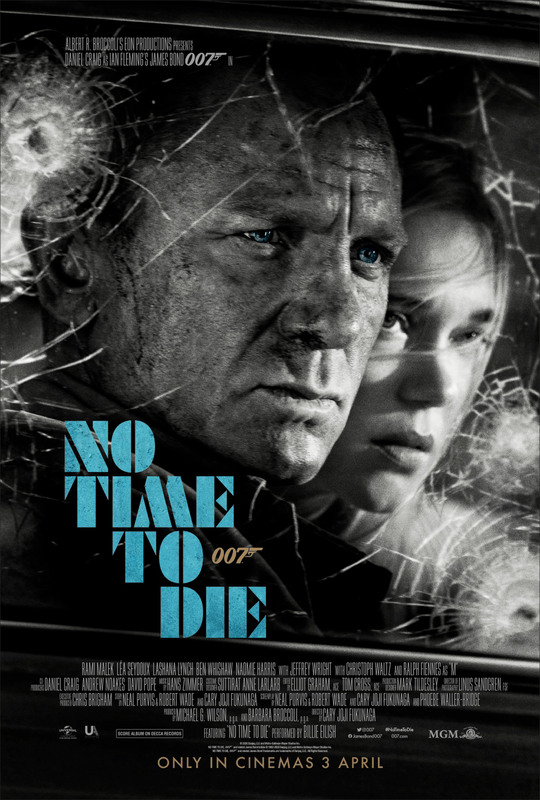
Mattel has scored a big financial success with the new Barbie movie, a Warner Bros. film based on Mattel’s doll that debuted in 1959.
The Above the Line website had a story this week about how Mattel is moving forward with a slate of as many as 14 movies. The slate includes the likes of Polly Pocket, Hot Wheels, and Magic 8 Ball.
But one caught my eye, mostly because it was part of my childhood and partly because it’s not well known today.
That would be Major Matt Mason, an astronaut toy from the 1960s, introduced in the midst of the U.S.-Soviet Union space race.
Barbie (and related dolls) were about 12 inches tall. Major Matt Major was half (or less) tall. He was made of rubber with a skeleton of wire that enabled moving arms and legs into different positions. Except the interior wire often broke leaving Major Matt Mason limp. The major also had other astronauts, including sidekick Sgt. Storm.
Along with the astronaut figures, there were other vehicles and a space station.
The problem, for Mattel, was interest in Major Matt Mason waned after the 1969 U.S. moon landing.
As it turns out, a Major Matt Mason project has been kicking around for years, according to a 2019 story by The Playlist. According to that article, Tom Hanks was attached to star, from a screenplay by Akiva Goldsman.
Now that Barbie is a hit, I suppose anything is possible.
Filed under: Uncategorized | Tagged: Above the Line, Akiva Goldsman, Major Matt Mason, Mattel, The Playlist, Tom Hanks | 2 Comments »








